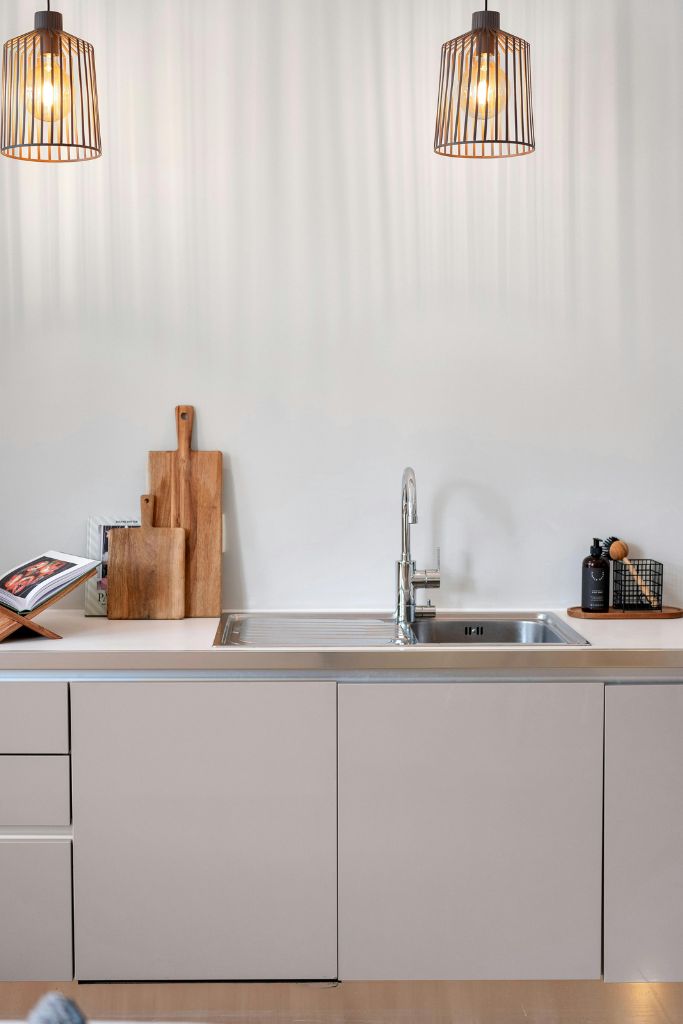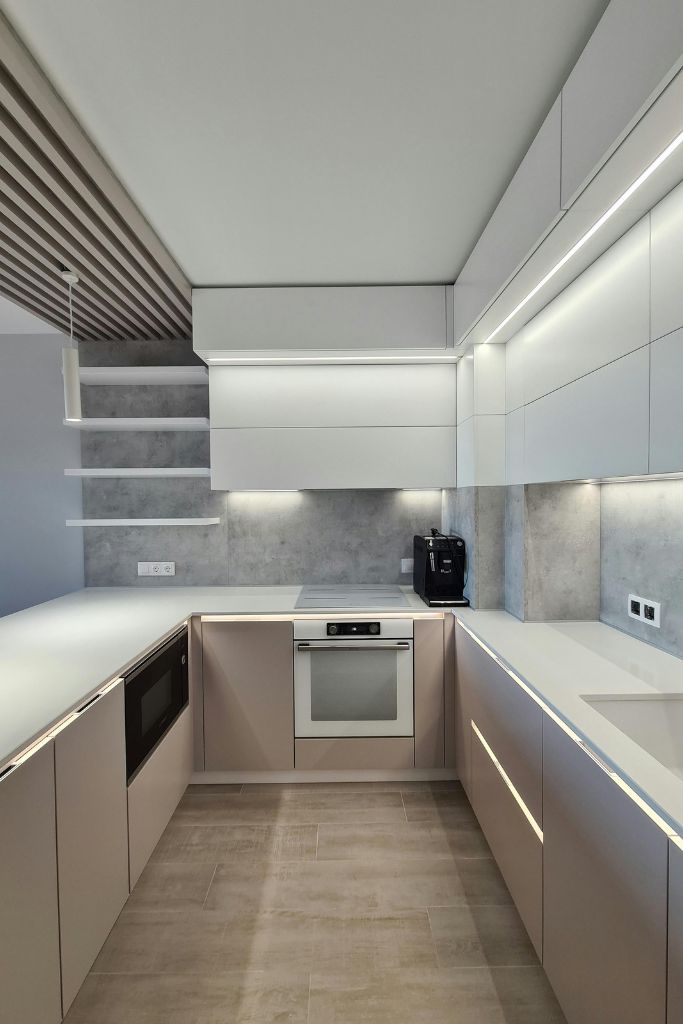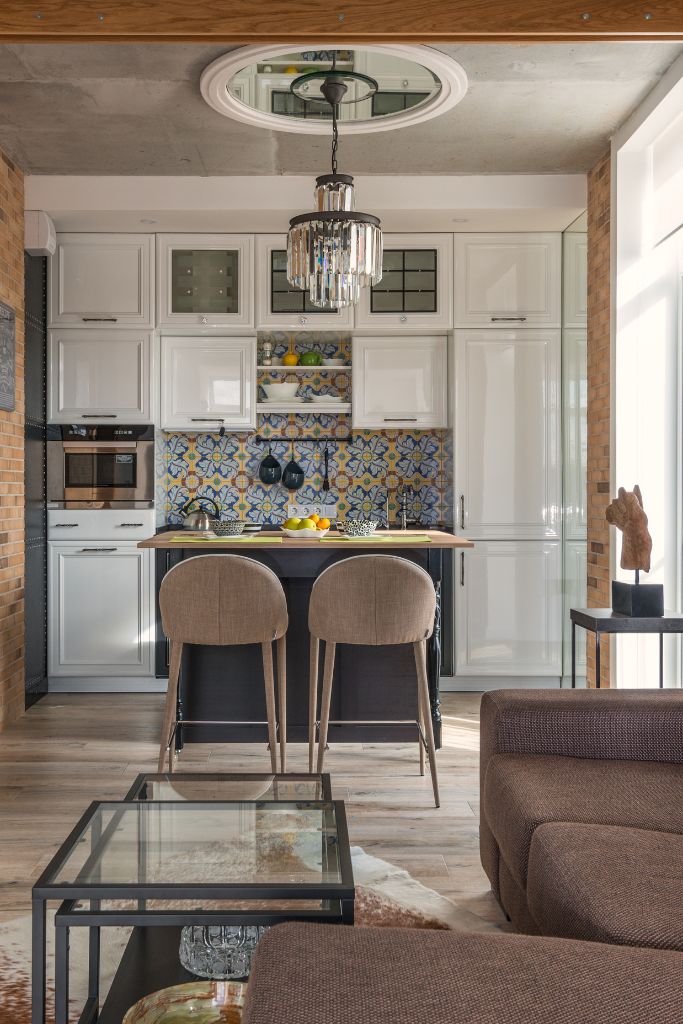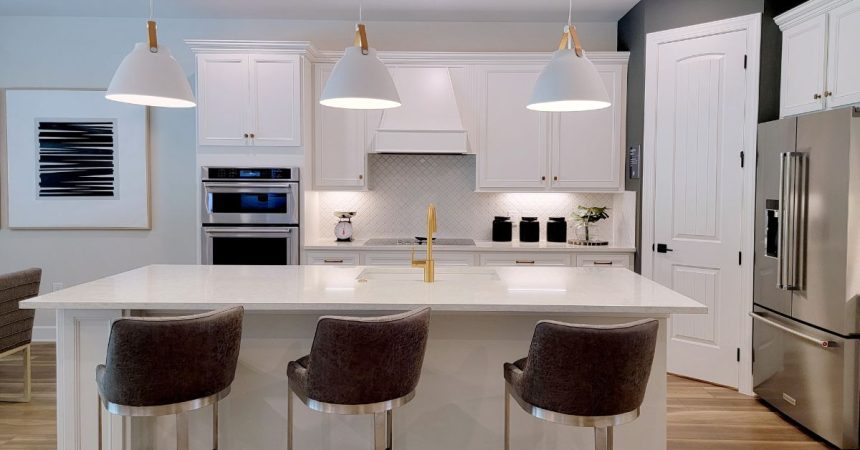Why Kitchen Lighting Matters More Than You Think
If you’ve ever tried to dice an onion in dim lighting or hosted a dinner party where everyone looked a little… ghostly, you already know: kitchen lighting can make or break the vibe.
For years, I thought my overhead fluorescent fixture was doing the job—until I realized I was avoiding spending time in my own kitchen. It wasn’t cozy. It wasn’t practical. It just… existed. That’s when I decided to dig into kitchen lighting DIY style—and let me tell you, it changed everything.
My “Oops” Moment with Overhead Lights
Let’s rewind to when I moved into my fixer-upper. The kitchen had this one sad ceiling fixture. The kind that hums softly (but creepily) and casts shadows in all the wrong places. Still, I told myself, “Lighting isn’t a priority right now.”
Big mistake.
Every recipe felt like a chore, and even simple things like making coffee early in the morning felt like walking into a cafeteria kitchen. The sterile light zapped the warmth out of every moment.
Lesson #1: Overhead lighting alone is not enough. It’s like using a single crayon to color an entire picture—functional, but flat.
The Game-Changer: Layered Lighting

When I started reading about layered lighting, a light bulb (pun intended) went off in my brain. You need three types of light:
- Ambient light (general lighting – usually ceiling-mounted)
- Task lighting (like under-cabinet or pendant lighting)
- Accent lighting (to create mood or highlight areas)
Adding layers made my kitchen feel instantly elevated—and I didn’t even need to call in an electrician.
💡 My quick win:
I installed two industrial-style pendant lights over my kitchen island using affordable plug-in kits. No hardwiring needed! They gave off just enough soft light to make breakfast feel like a café moment. Here’s a similar set on Amazon that I love for DIY installs.
Task Lighting: The Unsung Hero

This is where I really geeked out. You don’t realize how helpful task lighting is until you try chopping garlic under a nice warm LED strip. Game. Changer.
I grabbed motion-activated LED strip lights that stick right under your cabinets. They’re USB rechargeable, peel-and-stick, and cost less than a takeout order. Plus, they made me feel like I had my life together.
🍳 DIY Tip:
Stick them where shadows hit hardest—under cabinets above prep areas, near the sink, or even inside drawers for a luxe-on-a-budget feel.
Adding Ambience Without Rewiring the Whole House

Let’s talk vibe.
Once the practical lights were in, I wanted that golden hour glow—the one that makes people linger after dinner or feel like opening a bottle of wine on a random Tuesday. That’s where accent lighting comes in.
I used a small table lamp in the corner of my countertop (yes, really). It was cozy, unexpected, and made my kitchen feel like part of my living space.
🌟 Bonus:
I also swapped out my regular bulbs for warm white dimmable LED bulbs. I use smart plugs with timers so the lights shift automatically as the day winds down. Here’s a smart bulb set I swear by that fits any standard lamp or fixture.
Final Touches That Made It Feel Like Home
Lighting is one part of the equation—styling around your lighting is the other. Here’s what I did:
- Placed a wood cutting board under the lamp for texture
- Added small plants near the light sources (the leaves reflect light beautifully!)
- Hung a mirrored backsplash to bounce light around without remodeling
These little moves pulled it all together. My kitchen went from sterile to soulful—without a reno budget.
Final Thoughts: Light Up Your Life, One Fixture at a Time
If you’re staring at a dull kitchen thinking, “It’s fine, it works,” take it from someone who settled for fine too long: it’s worth it to upgrade your lighting.
You don’t need fancy wiring or a designer budget. Just a few thoughtful tweaks, some smart lighting choices, and maybe a cozy lamp or two.
Let your kitchen glow the way it deserves to.
FAQs: Kitchen Lighting for DIYers
1. What is the best lighting for a small kitchen?
Layered lighting works best—opt for under-cabinet lights and compact pendants to avoid crowding.
2. Can I install lighting without an electrician?
Yes! Plug-in pendant kits and peel-and-stick LED strips are great for renters and beginners.
3. What color temperature is best for kitchen lighting?
Warm white (2700K–3000K) is ideal for creating a cozy, inviting vibe.
4. How do I add lighting to kitchen cabinets?
Use rechargeable LED light strips with adhesive backing—they’re easy to install and remove.
5. How can I make my kitchen lighting look high-end on a budget?
Mix finishes (like matte black or brass), layer your lighting, and choose dimmable bulbs for mood control.
6. Is smart lighting worth it in the kitchen?
Absolutely! Set schedules, adjust brightness, and even change colors to match your mood.
7. How do I prevent harsh shadows in my kitchen?
Combine task lighting with ambient lighting to balance brightness across all areas.
8. Should I use recessed lighting in my kitchen?
Only if you’re up for the cost and install. If not, use track lighting or flush mounts for a similar effect.
9. What’s a trendy kitchen lighting style in 2025?
Industrial and minimalist pendant lights, plus natural materials like rattan or wood.
10. Can I use lamps in the kitchen?
Yes—and it’s a surprisingly chic move! Lamps create warmth and softness where overheads can’t.


Leave a Reply